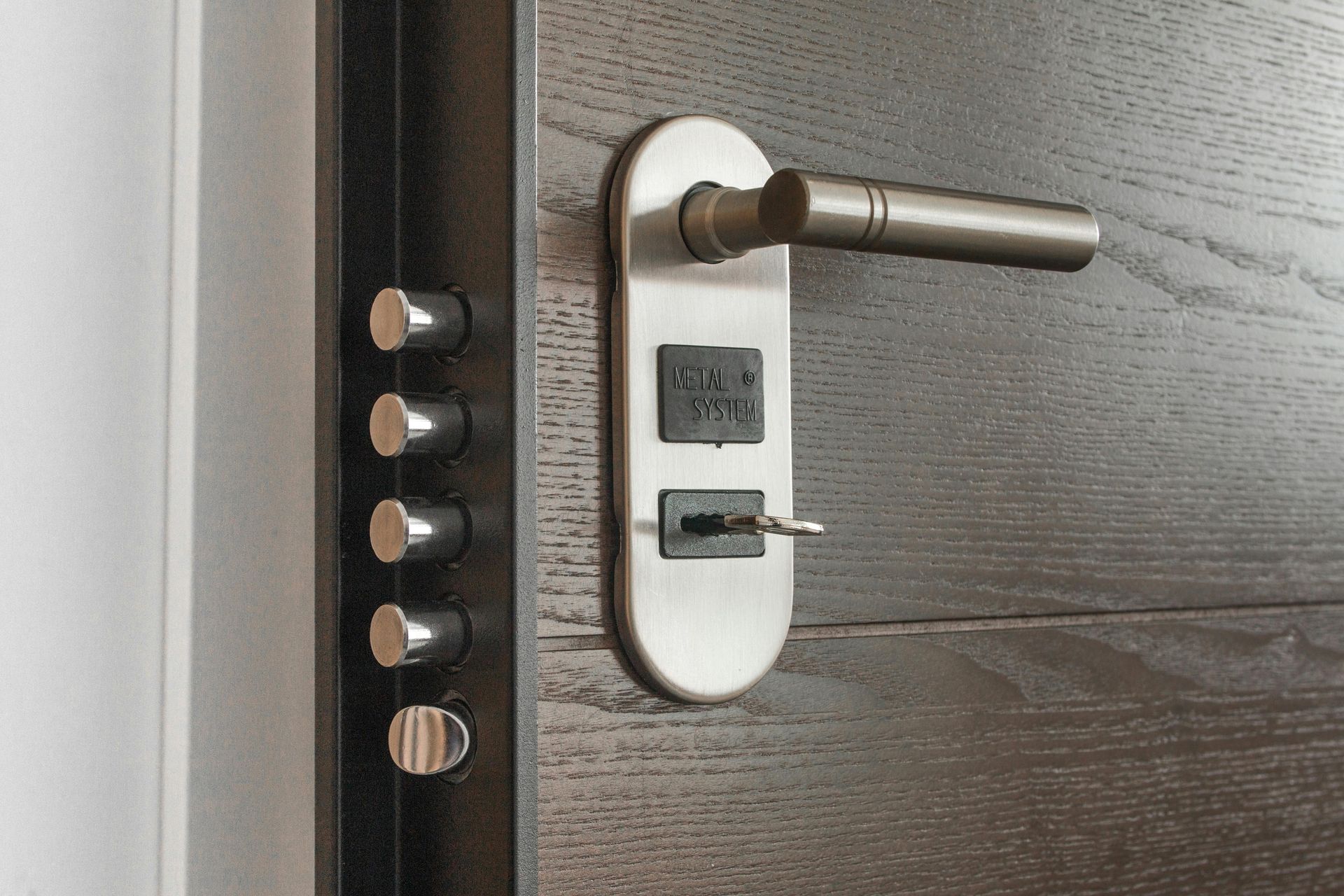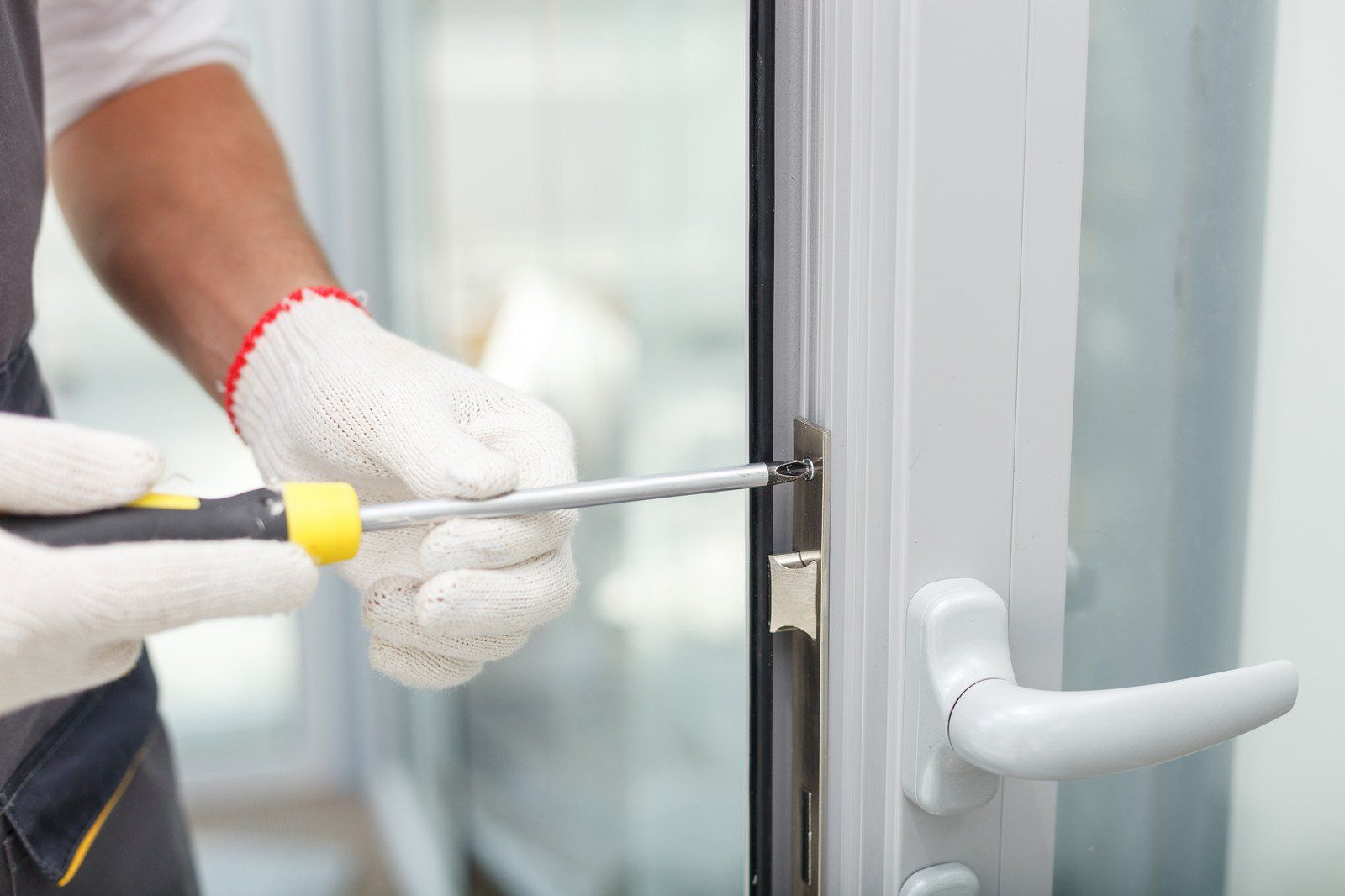




We have heard these words many times over the years from desperate homeowners, tenants and property managers. A few were returning from the airport after a trip, some had their kids in the car, others had left the bath running. No one expects their lock NOT to open when they have the key, but it happens all the time. Usually the lock gives fair warning it will fail and when we ask if the lock has been sticking lately, the common reply is “yes”. Once you know that the lock jamming slightly, or sticking part of the way round, is actually the lock failing , you will know how to avoid this kind of lock-out situation.
There are not many options open to you if you find yourself in this scenario. The danger in approaching this scenario on your own is that you run the risk of damaging the lock further and/or breaking your key. If this happens, you will still have to call a locksmith to assist you with a damaged lock repair or to install a new lock. The only difference is that you will end up paying much more than you would have if you had simply called earlier. So before you start tampering with a key that keeps turning in your door lock, ensure that you are fully aware of what you are doing and what is at stake. Keep in mind, this applies to commercial door locks, residential door locks, and car door locks.
There is nothing you yourself can do and our advice is to call a professional locksmith . If you know of a local locksmith in London we advise using them. You can also do a quick google search and find the top reviewed and rated locksmiths in your area. If you just call the first number that comes up on google you will most likely be in touch with a national company. These companies often charge a lot more than local locksmith companies but in good cases you will have a warranty and someone to call and complain if it goes wrong. It’s a tough decision, but we advise spending those extra few minutes to research the ones with honest good reviews.
The reason your key is turning all the way around is because the little piece that transmits turning power from your hand to the deadbolt (actuator) has broken or become detached. The only way to fix the problem is to remove the lock/ locking mechanism from the door. Depending on which lock you have on your door this can be several pieces. This fault is most common with Euro cylinders as the clip can come loose releasing the actuator that moves the deadbolt/ gears operating the mechanism. If it is a night-latch, the cylinder may be moving slightly, this is a telling sign that there is something amiss within the door lock mechanism. If it is caught early, the problem can be rectified, but if it is allowed to continue it can cause further damage. For instance, if you are still able to lock your door, but you notice the cylinder is moving or the entire lock is moving, there is a possibility that the set screws are loose. If this is the case, it should be taken care of before it causes further issues within the lock.
If the key is turning and turning and the door isn’t unlocking , this can be a much bigger problem than if it turns and turns and won’t lock. In either scenario we advise calling a locksmith as they will be able to gain access with no damage to the door and frame and will have a lock to replace it with.
The only way to avoid this lockout problem is to take steps to prevent it from happening. You can test your own lock.
UPVC door lock test - Close the door, lift the handle and turn the key to lock and unlock. Is your key hard to turn when locking or unlocking the door? If so this could indicate the strike plates (holes in door frame/ keeps) are out of alignment and stressing the inner lock parts every time you turn your key.
Now open your door, lift the handles to extend the bolts and use the key to lock the handles. Is the key hard to turn now? If so your mechanism may need lubrication, or it may need a service. Either way the lock and mechanism have to be removed so the inner moving parts can be cleaned & lubricated. Any silicone based spray lubricant will work. Do not spray silicone lubricant in the key hole!
If lubrication helps the lock work easier, but you still feel resistance when you turn the key, you should try using graphite powder in the keyhole. If it’s still not smooth and catching you may need to replace the mechanism or cylinder.
Mortice lock test - Close the door and turn the key to lock and unlock. Is your key hard to turn when locking or unlocking the door? If so this could indicate the strike plate (holes in door frame/ keep) is out of alignment and stressing the inner lock parts every time you turn your key.
Now open your door, turn the key to extend the bolt. Is the key hard to turn now? If so your lock may need lubrication. Either way the lock should be removed so the inner moving parts can be cleaned & lubricated. Any silicone based spray lubricant will work, grease is even better. The lock may need to be adjusted so it’s straight inside the door, if it’s at an angle, the key won’t insert properly and will be hard to turn. Best to call a locksmithwho can sort this out very quickly and provide a warranty.
If you feel any issues with your lock and its performance, its advised to call a locksmith to have it looked at. The earlier the problem is seen to, the less it will cost in the long run.
If your home or rental is new
to you, consider having all the locks changed
.
To speak to a locksmith about your key turning in the lock just press here




